Women and Gender Non-Conforming Artists Dominate This Year’s Venice Biennale
On 23 April 2022 the Venice Biennale opened its gates to visitors for the first time since before the pandemic. Of the 213 artists participating this year, more than 90 percent are women or gender non-conforming and for the first time in the history of the biennale the two top honours given to artists went to Black women.
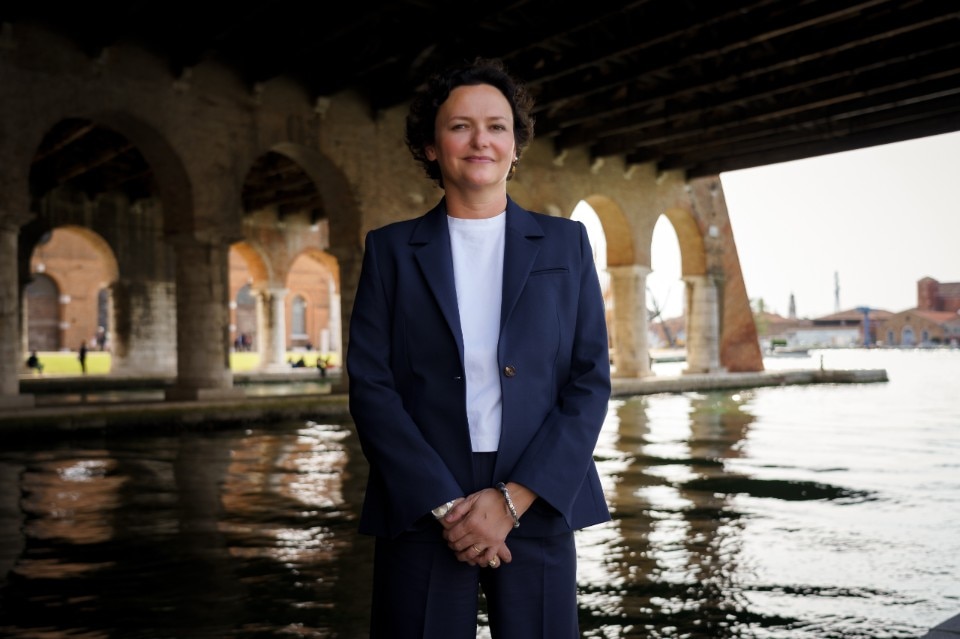
The curator of the 59th International Art Exhibition is Cecilia Alemani, Italian born but currently based in New York City. After recieving her BA in Philosophy from the Università degli Studi in Milan she went to studty the MA in Curatorial Studies at Bard College, New York. Since 2011 she has been the Director & Chief Curator of High Line, an organisation dedicated to commissioning public art. Not new to the Venice Biennale, Alemani curated the Italian Pavilion in 2017.
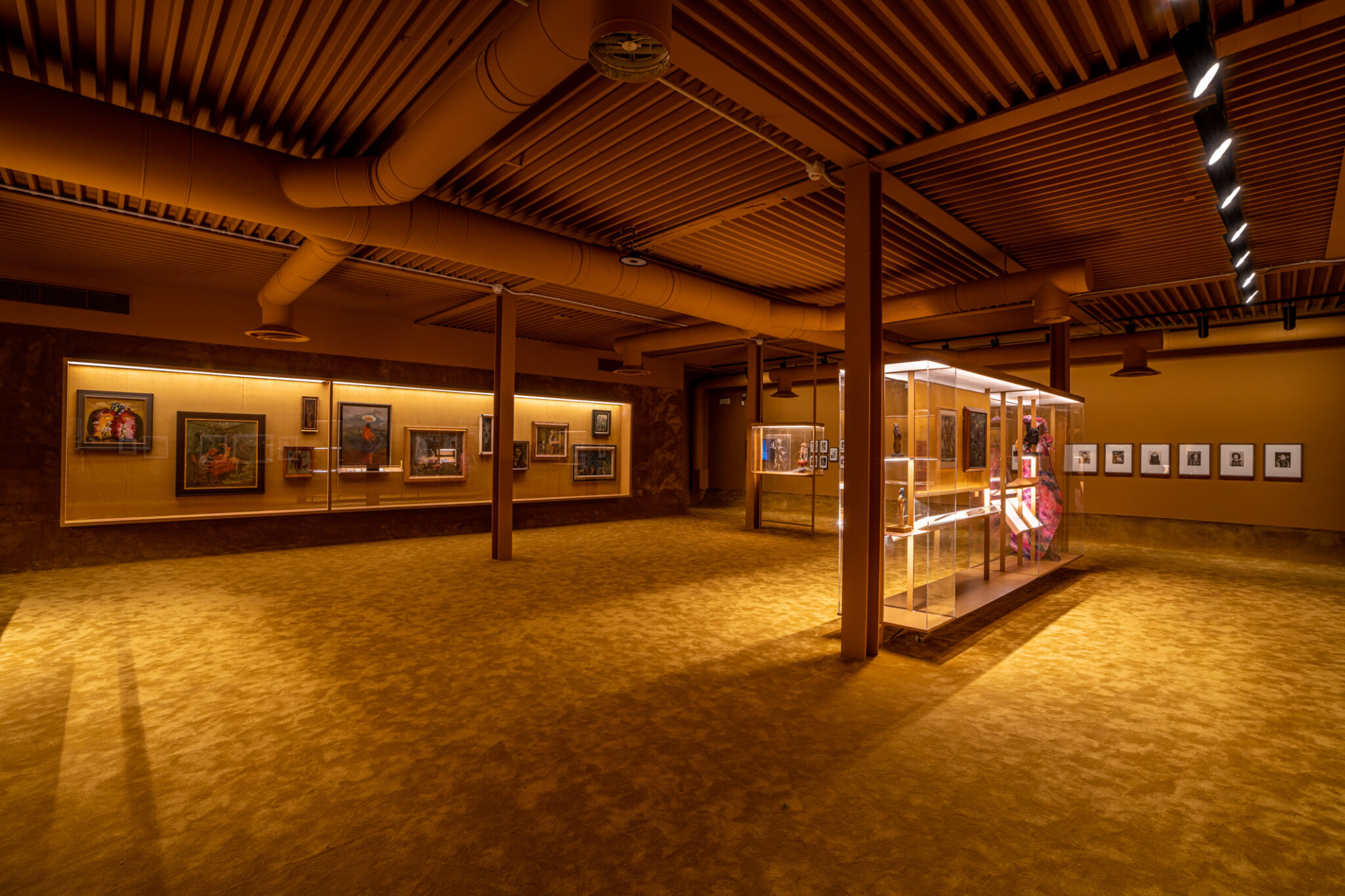
The title chosen by Alemani, “The Milk of Dreams”, references a collection of short stories by Leonora Carrington, a British surrealist painter and writer who established herself in Mexico following the outbreak of the Second World War. In the curatorial statement Alemani states that Carrington’s writing narrates “a world where everyone can change, be transformed, become something or someone else.” As such Alemani makes central the concept of ‘the cyborg’ and ‘the post-human’ to this year’s biennale, categories forwarded predominantly by contemporary feminist scholars Donna Harraway and Rosie Bradidotti.
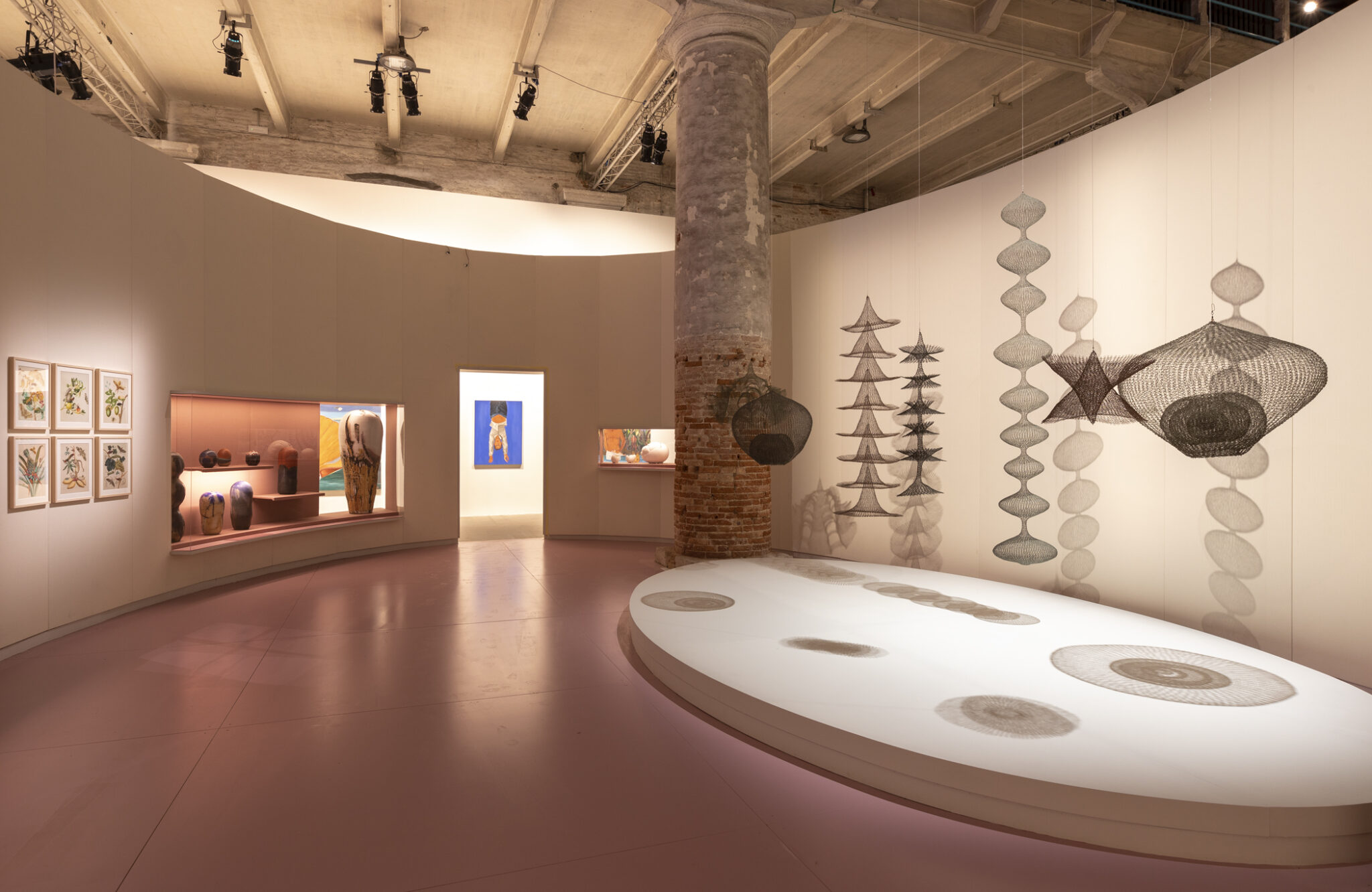
Held in the Giardini, the main exhibition displays only female, non-binary and trans artists. The exhibition showcases a combination of modern art by now celebrated artists such as Claude Cahun, the gender nonconforming British surrealist who fought Fascism, Elsa von Freytag-Loringhoven, from whom Duchamp may have stolen his idea for the urinal, and Toyen, the Czech non-binary artist who illustrated the Marquis de Sade’s books, alongside the work of contemporary artists who are seen by Alemani to share surrealist themes of corporeal metamorphoses. Despite Alemani’s attempt to promote a radical agenda it has been noticed that there is a lack of artists heralding from beyond European and American contexts in the Giardini exhibition.
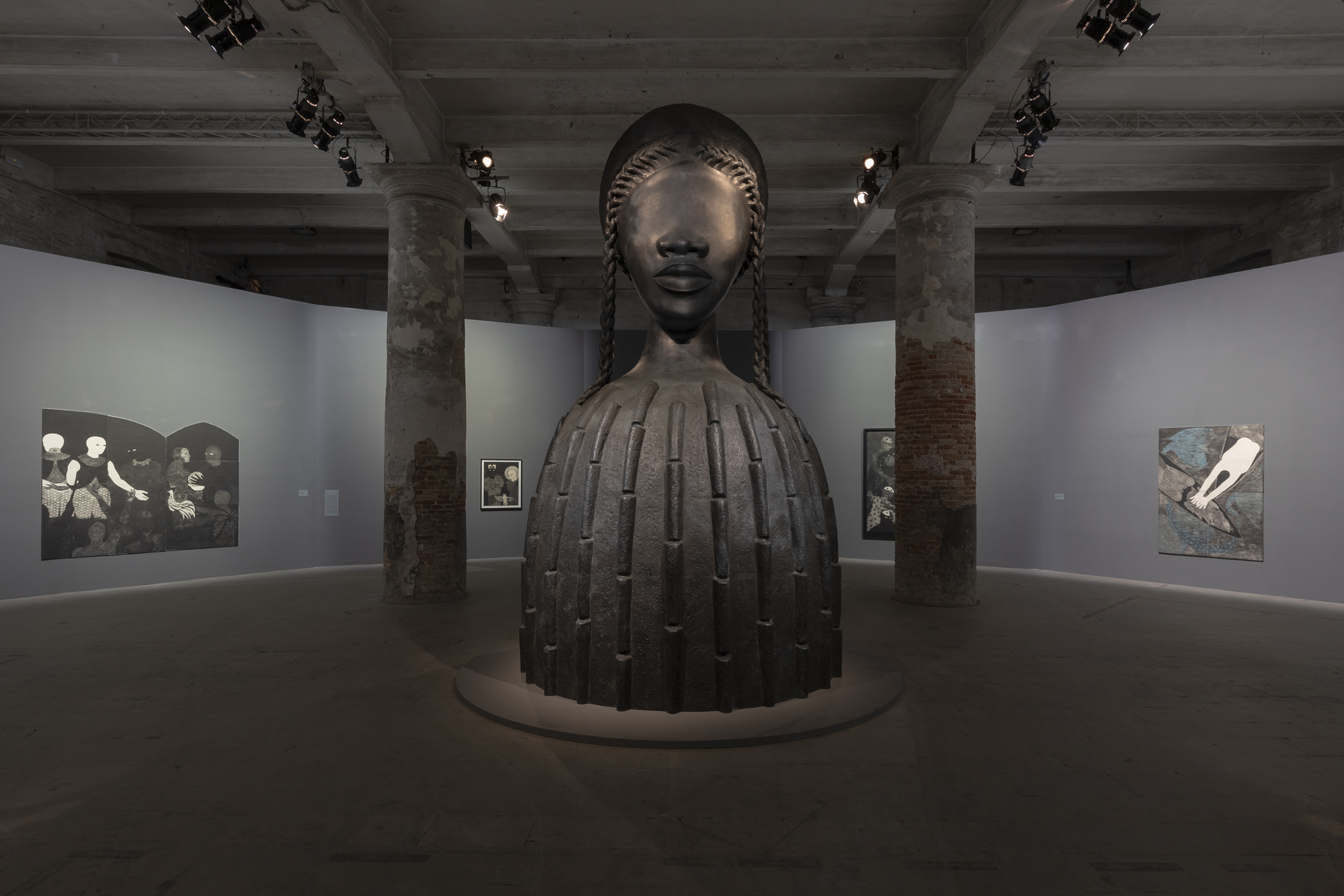
The awards known as the Golden Lions went this year to Simone Leigh, an American artist from Chicago who won for participation in the main Gardini exhibition, and Sonia Boyce, who is representing Britain this year. Leigh’s Brick House (2019) depicts the bust of a Black woman with no eyes. Her bell figure makes reference to Batammaliba architecture and Mousgoum dwellings. Boyce’s work for the British Pavilion also centred Black women by focusing on the under-recognised contribution of Black female singers in Britain’s musical history. The exhibition incorporated videos, sculptures and displays of archival material.
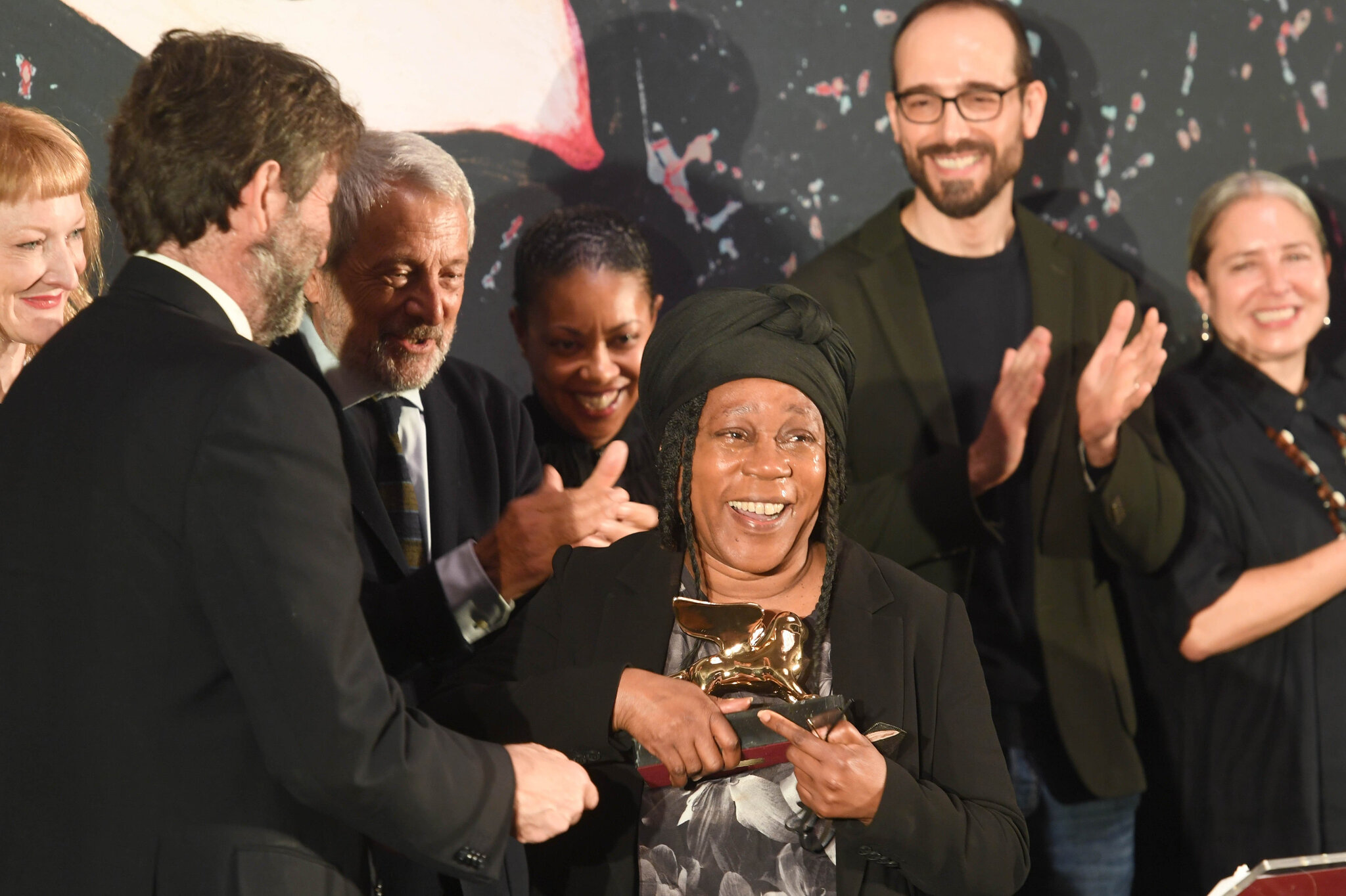
The Golden Lion for Lifetime Achievement went to the German artist Katharina Fritsch and the Chilean artist Cecilia Vicuña. The Silver Lion, for “promising young artist” went to Ali Cherri, a Lebanese artist currently based between Paris and Beirut. Special mentions were also made for Zineb Sedira’s French Pavilion and the Uganda Pavilion which featured the work of Acaye Kerunen and Collin Sekajugo.
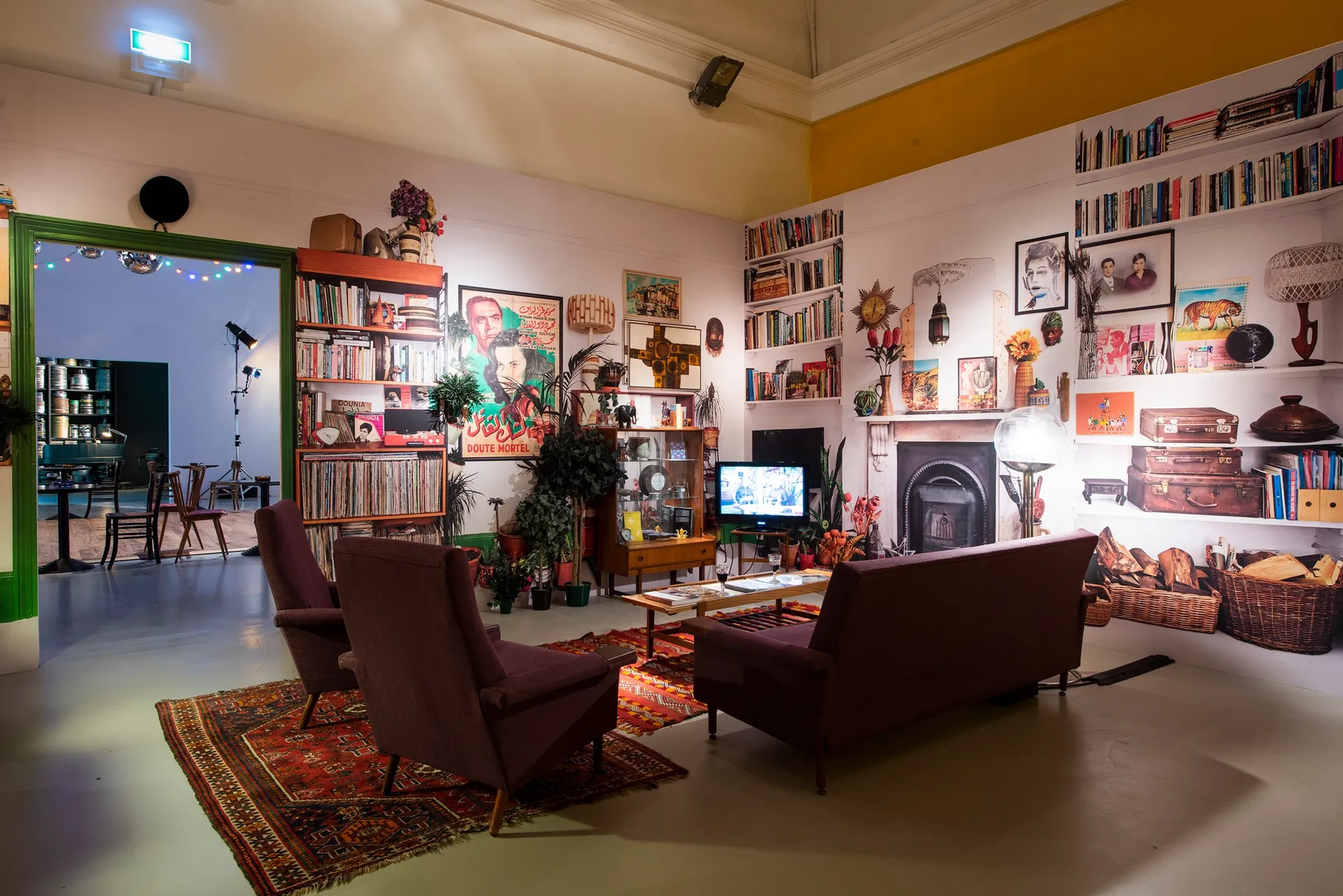
The 59th International Art Exhibition remains open until 27 November 2022.